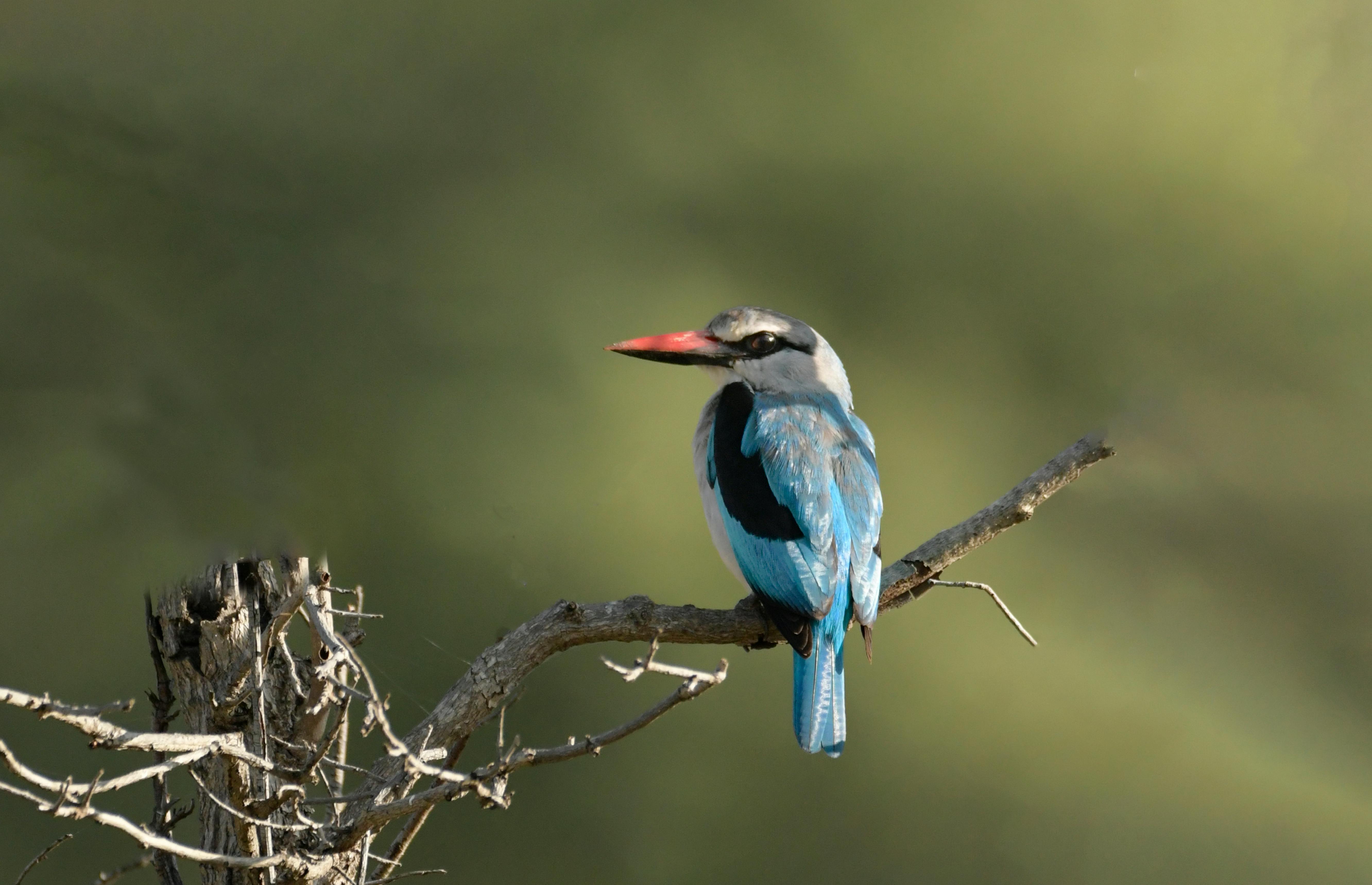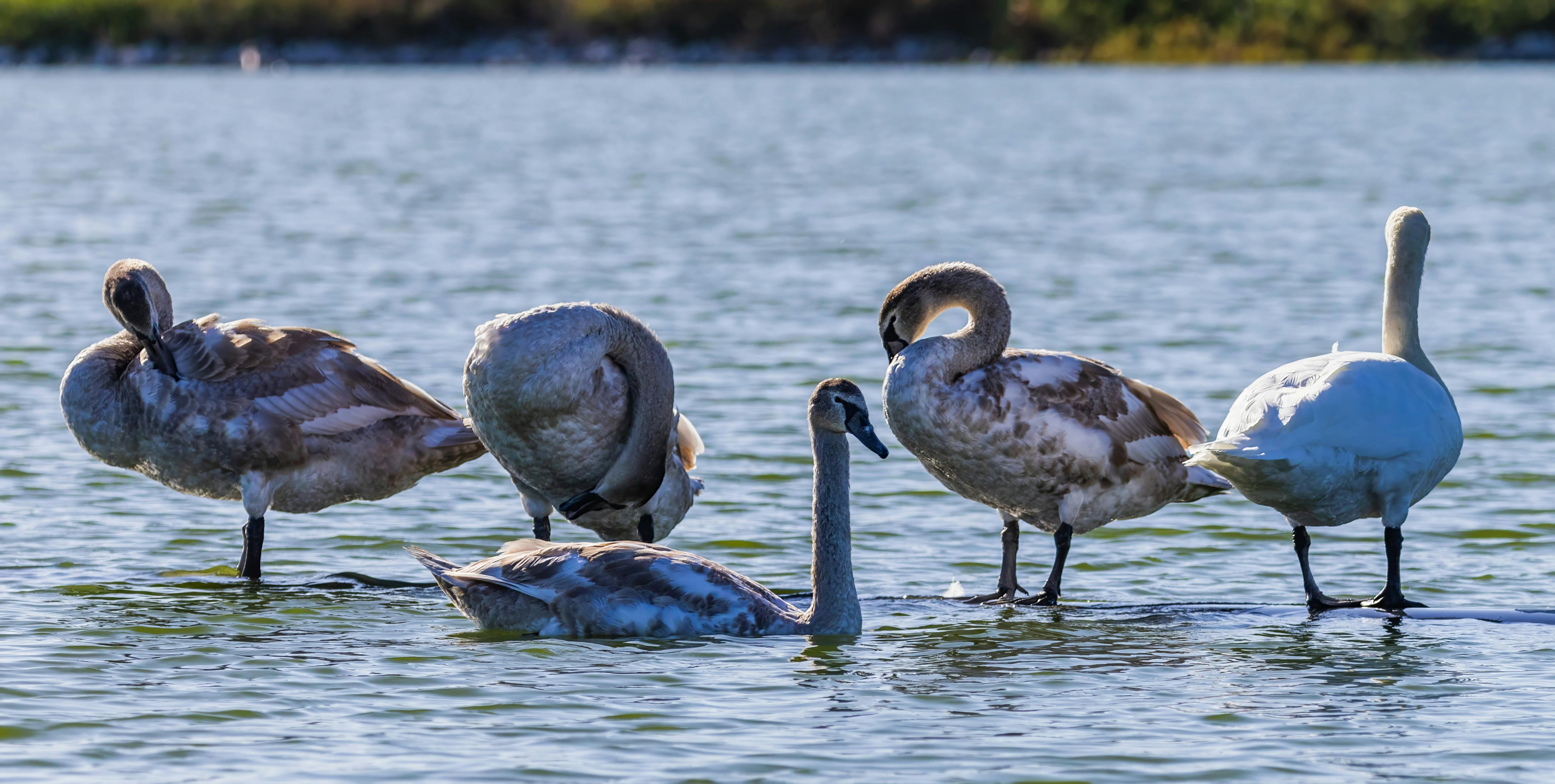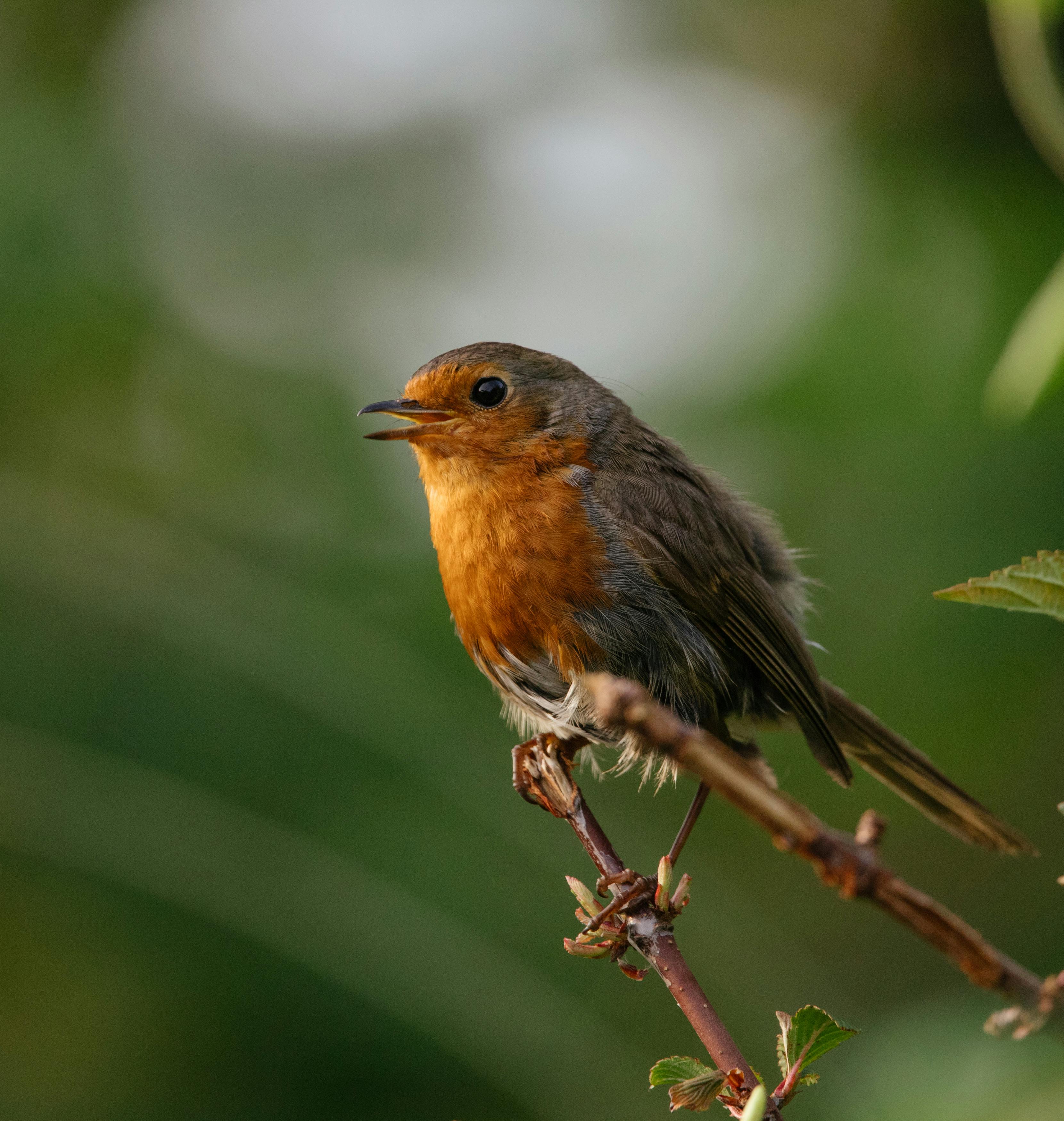Are you curious about the alluring world of bird watching and want to know what this hobby is commonly referred to? Well, you’re in the right place! In this article, we will uncover the name of the intriguing pastime that has captured the hearts of countless nature enthusiasts: the captivating hobby of bird watching. Embark on a thrilling journey as we explore the wonders of bird watching and discover its significance in the realm of nature exploration and conservation. So, let’s spread our wings and delve into the mesmerizing world of bird watching together!

What is Bird Watching?
Definition of Bird Watching
Bird watching, also known as birding, is the recreational activity of observing and identifying birds in their natural habitats. It involves patiently observing and studying various bird species, their behaviors, and their interactions with the environment. Bird watching is a popular pastime worldwide, attracting millions of enthusiasts who appreciate the beauty and diversity of avian life.
Origin and History of Bird Watching
Bird watching has a rich history that dates back centuries. The first known bird watcher can be traced back to the ancient Greeks, who observed and documented birds for scientific purposes. However, it wasn’t until the late 18th century that bird watching as a recreational activity gained popularity. The development of binoculars and field guides in the 19th century further facilitated the growth of bird watching as a hobby.
Types of Bird Watching
Bird watching encompasses various types, each offering unique experiences. Some bird watchers focus on a specific bird species or group, such as raptors or migratory birds. Others specialize in particular habitats, such as wetlands or forests. Photography enthusiasts may engage in bird watching with a primary goal of capturing stunning images of birds. Overall, bird watching provides ample opportunities for individuals to customize their experiences based on their interests and preferences.
Importance of Bird Watching
Contributions to Science and Conservation
Bird watching is not just a hobby; it also plays a vital role in scientific research and conservation efforts. By collecting data on bird species’ distribution, behavior, and population trends, bird watchers contribute valuable information to conservation organizations and scientific studies. This data helps identify endangered species, detect environmental changes, and inform conservation strategies aimed at protecting bird habitats.
Benefits for Mental and Emotional Well-being
Engaging in bird watching offers numerous mental and emotional benefits. The peacefulness and tranquility of nature, combined with the excitement of spotting and identifying birds, can reduce stress and enhance overall well-being. Bird watching promotes mindfulness and a deep connection with the natural world, providing a sense of calm and relaxation. It also fosters a sense of accomplishment and satisfaction when successfully identifying rare or elusive bird species.
Educational and Recreational Value
Bird watching serves as an educational tool, offering valuable insights into avian biology, ecology, and behavior. It encourages individuals to learn about different habitats, migration patterns, and the interconnectedness of ecosystems. Additionally, bird watching serves as a recreational activity that can be enjoyed by people of all ages and fitness levels. It provides an opportunity to explore and appreciate nature while simultaneously expanding knowledge and awareness of the avian world.
Equipment and Techniques for Bird Watching
Binoculars and Spotting Scopes
Binoculars and spotting scopes are essential tools for bird watching. They allow for a closer view of birds, aiding in identification and observation of intricate details. When choosing binoculars, it is important to consider factors such as magnification, field of view, and lens quality. Spotting scopes, with higher magnification, are useful for observing birds over long distances or in open habitats. These optical devices greatly enhance the bird watching experience.
Field Guides and Apps
Field guides, both in printed or digital form, provide comprehensive information about various bird species, including their appearance, distribution, and behavior. These guides assist bird watchers in identifying and understanding the birds they encounter. In this digital age, birding apps have become popular as they offer extensive databases, bird call recordings, and real-time sightings reported by other bird watchers. These resources are valuable references for both beginners and experienced bird enthusiasts.
Camera and Photography Techniques
Photography has become an integral part of modern bird watching. Bird watchers often carry cameras with telephoto lenses to capture stunning images of birds in their natural habitat. Photographing birds requires a combination of patience, knowledge of bird behavior, and technical skills. Techniques such as understanding lighting conditions, using appropriate camera settings, and selecting optimal compositions enable bird watchers to document their experiences and share their passion with others.
Key Skills for Bird Watching
Identification and Classification of Birds
One of the fundamental skills in bird watching is the ability to identify and classify different bird species. This involves recognizing distinctive features such as plumage, size, shape, and behavior. Learning about common bird families and understanding their key characteristics aids in the identification process. Constant practice and exposure to diverse bird species contribute to developing a keen eye for detail and enhancing the accuracy of species identification.
Bird Behavior and Vocalization
Observing and interpreting bird behavior plays a crucial role in understanding their lives. Recognizing behavioral patterns, such as feeding habits, mating rituals, and territorial displays, provides insights into the biology and ecology of birds. Additionally, understanding bird vocalizations, such as songs and calls, aids in species identification and communication interpretation. Learning to interpret bird behavior and vocalizations enhances the overall bird watching experience.
Habitat Observation and Birding Ethics
Being aware of different habitats and their associated bird species is essential in bird watching. Understanding the specific environments where birds thrive allows bird watchers to locate and observe a diverse range of species. Additionally, practicing birding ethics, such as respecting birds’ space, avoiding disturbance, and minimizing human impact on their habitats, ensures the well-being and conservation of birds for future generations to enjoy.

Popular Bird Watching Locations
National Parks and Wildlife Refuges
National parks and wildlife refuges are often considered prime locations for bird watching. These protected areas offer rich biodiversity, natural habitats, and ample opportunities for observing a wide variety of bird species. Well-maintained trails, bird blind structures, and knowledgeable park rangers make these locations ideal for both novice and experienced bird watchers. National parks like the Everglades, Yellowstone, and the Great Smoky Mountains are renowned birding destinations in the United States.
Migration Hotspots
During migration seasons, certain locations become hotspots for bird watching as migratory birds pass through on their journeys. These hotspots, including coastal areas, wetlands, and mountain ridges, attract an abundance of bird species during specific periods. Places like Point Pelee National Park in Canada, Cape May in the United States, and Falsterbo in Sweden are internationally recognized migration hotspots where bird watchers gather to witness remarkable avian spectacles.
Urban Birding
Urban areas also offer opportunities for bird watching. City parks, gardens, and even backyards can provide habitats for a variety of bird species. Urban birding allows individuals to observe birds in familiar settings, learn about urban ecology, and appreciate the resilience of birds in adapting to urban environments. Many cities have established birding trails and designated bird-friendly spaces to encourage urban birding and raise awareness about the importance of urban biodiversity.
Bird Watching Communities
Local Birding Clubs and Societies
Bird watching communities often form local clubs and societies, bringing together like-minded individuals who share a passion for birds. These clubs organize regular birding outings, educational workshops, and guest speaker events. Joining a birding club provides opportunities to learn from experienced bird watchers, exchange knowledge, and build lasting friendships with fellow enthusiasts. Local clubs also actively engage in bird conservation initiatives and contribute to citizen science projects.
Online Birding Forums and Websites
The rise of the internet has facilitated the growth of online birding communities. Forums and websites dedicated to bird watching serve as virtual gathering places for enthusiasts to share experiences, seek identification assistance, and discuss bird-related topics. Online platforms enable bird watchers to connect with individuals from around the world, expanding their knowledge and fostering a sense of global birding community. Websites also offer resources such as bird sighting databases, migration trackers, and informative articles.
Birding Festivals and Events
Birding festivals and events provide opportunities for bird watchers to come together and celebrate their shared passion. These festivals often feature guided bird walks, lectures by renowned bird experts, photography contests, and vendors showcasing birding equipment and products. Festivals like the British Birdwatching Fair, the Cape May Bird Observatory’s Spring Festival, and the Rio Grande Valley Birding Festival attract bird watchers from all over, fostering camaraderie among the birding community.

Challenges and Tips for Bird Watching
Weather and Seasonal Limitations
Weather conditions and seasonal changes can present challenges to bird watching. Rain, fog, or extreme heat can hinder visibility and make bird identification more difficult. During the winter season, some bird species migrate to warmer climates, reducing diversity in certain areas. To overcome these challenges, bird watchers can keep track of weather forecasts and plan outings accordingly. Exploring different habitats and adapting to seasonal bird patterns expands the opportunities for successful bird watching.
Finding and Attracting Birds
Locating and attracting birds can be a challenge, especially when searching for specific species. Each bird has unique habitat preferences and feeding behaviors. Researching bird species’ preferred habitats and food sources increases the chances of finding them. Implementing strategies such as providing bird feeders, bird baths, and planting native plants can create inviting environments for birds. Patience and perseverance are key when it comes to finding and attracting birds in their natural habitats.
Conserving and Protecting Bird Habitats
Bird watchers have a responsibility to contribute to the conservation and protection of bird habitats. Human activities, including habitat destruction, pollution, and climate change, pose significant threats to bird populations. Being mindful of personal impact on bird habitats and advocating for conservation initiatives are essential. Supporting organizations that focus on habitat preservation, participating in citizen science projects, and promoting bird-friendly gardening practices can collectively make a difference in preserving bird species and their ecosystems.
Famous Bird Watchers
John James Audubon
John James Audubon, an American naturalist, was one of the earliest and most influential bird watchers in history. He dedicated his life to observing and painting the birds of North America. Audubon’s massive collection of bird illustrations, known as “The Birds of America,” remains a landmark work in ornithology. His meticulous attention to detail and artistic contributions revolutionized the field of bird research and inspired generations of bird watchers.
Roger Tory Peterson
Roger Tory Peterson, an American naturalist and ornithologist, revolutionized bird watching with his creation of the Peterson Field Guide series. His guides featured detailed illustrations, range maps, and concise descriptions, making bird identification more accessible to the general public. Peterson’s contributions helped popularize bird watching and laid the foundation for modern field guides. His work continues to be influential and highly regarded among bird watchers worldwide.
David Attenborough
David Attenborough, a British broadcaster and naturalist, has played a significant role in promoting the wonders of the natural world to mass audiences. While not primarily recognized as a bird watcher, Attenborough’s wildlife documentaries, such as “The Life of Birds,” have showcased the beauty and diversity of avian life to millions of viewers around the globe. His enthusiasm for birds and dedication to environmental conservation have inspired countless individuals to appreciate and protect birds and their habitats.

Bird Watching vs. Birding
Different Perspectives and Approaches
The terms ‘bird watching’ and ‘birding’ are often used interchangeably, but some enthusiasts differentiate between the two. Bird watching, in their view, refers to a more relaxed and casual observation of birds, focusing on enjoying their presence and appreciating their beauty. On the other hand, ‘birding’ is associated with a more active and competitive pursuit, involving seeking out rare species, compiling species lists, and even participating in birding competitions. However, these distinctions are not universally agreed upon, and the terms are often used interchangeably.
Overlap and Interchangeable Terms
While some nuances exist between bird watching and birding, there is considerable overlap between the two activities. Both involve observing and identifying birds in their natural habitats and share a common goal of enjoying and appreciating avian life. The terms are often used interchangeably, and individuals may identify themselves as bird watchers or birders based on personal preference or the specific activities they engage in.
Regional and Cultural Variations
The terminology used in bird watching or birding can also vary regionally and across different cultures. Some geographic areas may predominantly use the term ‘bird watching,’ whereas others may prefer ‘birding’ or have regional variations specific to their locality. Cultural perspectives, traditions, and language nuances can influence the terminology used, highlighting the diverse nature of how people engage with birds and their environment across the world.
Bird Watching for Beginners
Getting Started with Basic Bird Identification
For beginners interested in bird watching, the key is to start by observing and familiarizing oneself with common bird species in the local area. Field guides and birding apps provide valuable resources to aid in bird identification. Take note of physical characteristics, behavior, and habitat preferences to begin recognizing different bird species. As confidence and knowledge grow, gradually challenge oneself with more challenging species.
Joining Bird Watching Groups
Joining a bird watching group or club is an excellent way for beginners to learn from experienced bird watchers. These groups often organize outings, workshops, and group birding activities that provide opportunities to learn from others, share insights, and improve identification skills. In addition to the educational aspect, bird watching groups provide a supportive and friendly community that enhances the enjoyment of the hobby.
Tips for Enhancing Birding Skills
To enhance birding skills, it is important to practice regularly and be patient. Spend time outdoors in various habitats, observing birds in different seasons and weather conditions. Pay attention to bird behaviors, calls, and patterns, as these offer valuable clues for identification. Engage in citizen science projects to contribute sightings and data for research purposes. Above all, remember that bird watching is a journey of discovery, so embrace the joy of observing and learning about these fascinating creatures.
Bird watching is a truly rewarding hobby that combines a love for nature, an appreciation for beauty, and a desire for conservation. Whether observing birds in your own backyard or embarking on birding adventures around the world, the experiences and connections made through bird watching are unparalleled. So grab your binoculars, head out into nature, and let the wonderful world of birds captivate and inspire you. Happy bird watching!
